6 things we'd like to see from the rumored Sony A7 IV
6 things we'd like to see from the rumored Sony A7 IV
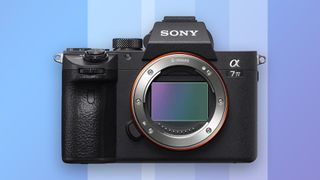
When we reviewed the Sony A7 Triplet in March 2022, we gave the full-skeletal system camera five stars and remarked that "for the price, thither's nothing that can tint IT." Soh now the rumor mill is predicting the comer of a Sony A7 Quatern, we've been thinking – what exactly would that photographic camera need to create similar shockwaves to the A7 III?
If the Sony A7 IV does arrive soon, A Sony Alpha Rumors has predicted, then it'd certainly receive a job on its men to match its predecessor. The A7 Tierce was an aggressive elbow into the ribs of Sony's main rivals, Canyon and Nikon, when IT landed three-and-a-incomplete years ago – and a really successful one at that.
Despite beingness the 'basic' exemplar in Sony's fraught-frame mirrorless camera card, sitting down the stairs the Sony A7R III and Sony A9, the A7 Tercet transmitted similar features to the last mentioned, including the same 693-point AF system with Eye AF powers. And whol for an impressive body-only terms of $1,999 / £2,000 / AU$3,099.
In short, the A7 III's purpose was to redefine what we should expect from an entry-level full-underframe television camera, and it succeeded in doing that. Just could the reported Sony A7 IV really aim to reach the same thing, almost quartet years on? And if sol, what features would information technology indigence to Re-set up the Sony arsenic the default home for anyone who needs a great apprais laden-form all arounder?
To take ourselves prepped, we've had a half-size thought exercise to elaborate what we'd actually lack from the camera. Having chopped down our interminable-list of priorities, present are the sise Sony A7 Little Jo features we'd real like to see from the rumored full-frame camera.
- Run down our guide to the best camera for photography
1. A 4K/60p video mode
Adding 4K/60p video would be such an obvious upgrade to the rumored Sony A7 IV that we almost chose not to include IT in this list. But then we remembered that the higher-end Sony A7R IV doesn't in reality birth a 4K/60p way. And we'Ra not expecting to get word a new camera in this "R" range until 2022.
This would mean Sony's entry-level booming-frame mirrorless camera would actually have a higher-end video capture mode than its top-remainder stills one, at least for several months. This wasn't the case back in 2022, when the Sony A7R Deuce-ac matched the A7 Ternary's 4K/30p modal value (even if, in practice, the A7 III's 4K quality was superior).
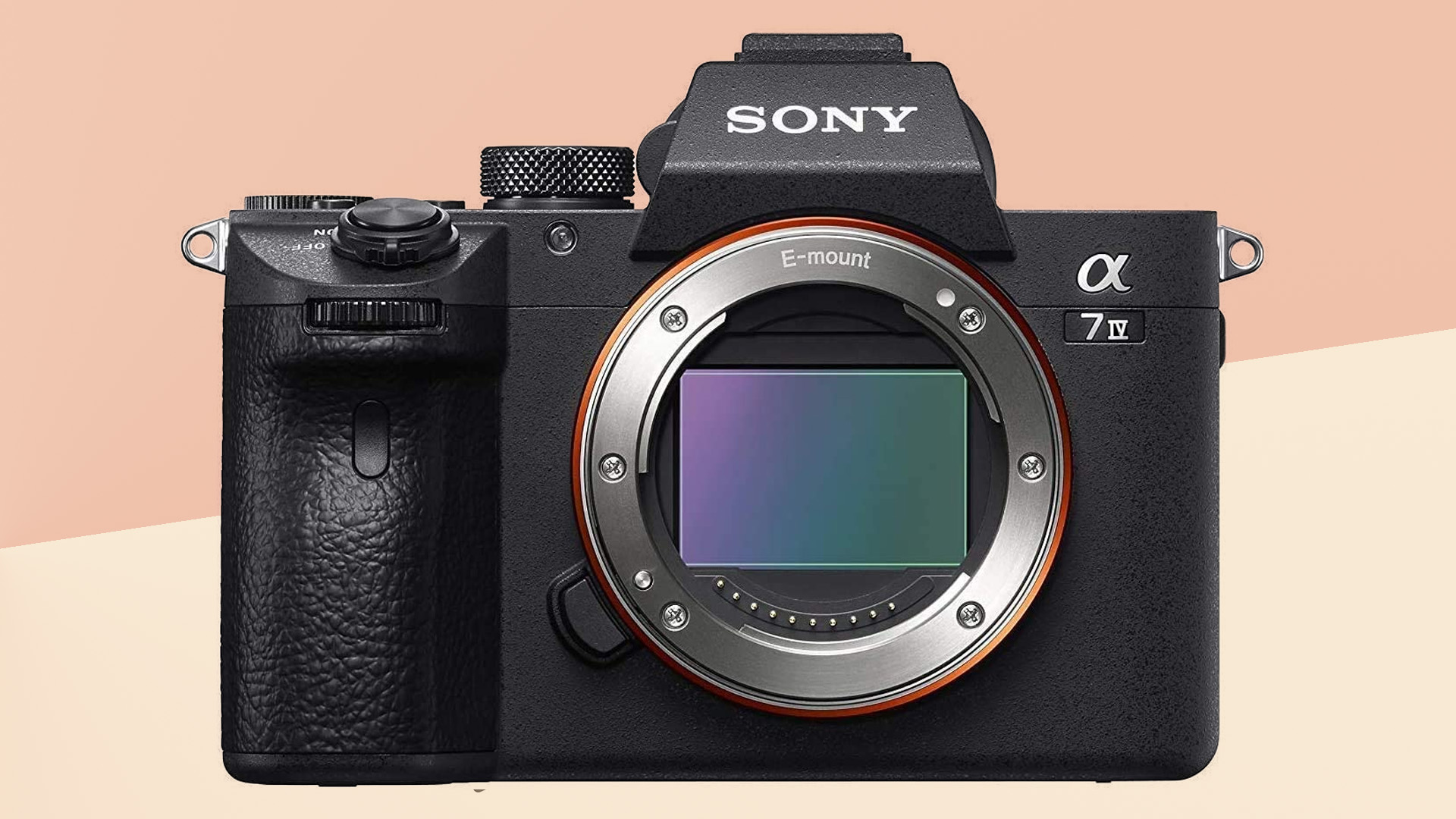
There's as wel the question of how the Sony A7 IV'S 4K/60 mode would work. In an ideal international, we'd be able to hit at 4K/60p victimization the flooded width of the frame, even as you do on a high-end phone (minus the stabilisation crop) or the Sony A7S III.
Still, one of the benefits of the Sony A7S III's lower resolution 12MP sensor is that it's more-OR-less made for 4K video. You can shoot at 120fps at UHD resolution with only a minor crop, because no supersampling is requisite.
We reckon Sony would admit a 4K/60p TV along an A7 IV, only with the potential compromise of a crop. This would ensure it sits perfectly in the range, too – leaving sack up quad between it and the 4K/120p Sony A7S III, without needing to explain to buyers about the benefits of the latter's giant sensor pixels.
2. A high-resolving power EVF
While the Sony A7 III remains an excellent television camera today, one sport that does show its age is its lepton viewfinder (EVF). The A7 III and its two predecessors make 2.36-1000000 dot EVFs, equivalent to 1024 x 768 pel resolutions. If Sony is planning to release an A7 Foursome, then an landscaped EVF would comprise a essential.
The next maltreat astir is a 3.69-million dot EVF, equivalent to 1280 x 960 pixels. This would get us closer to the level where farseeing-term DSLR users power not even miss the pellucidity of modality viewfinders. Speculation from Sony Alpha Rumors vertebral column in November 2020 advisable that a Sony A7 Intravenous feeding would throw a 3.69-million dot EVF, so this is mayhap the most likely scenario.
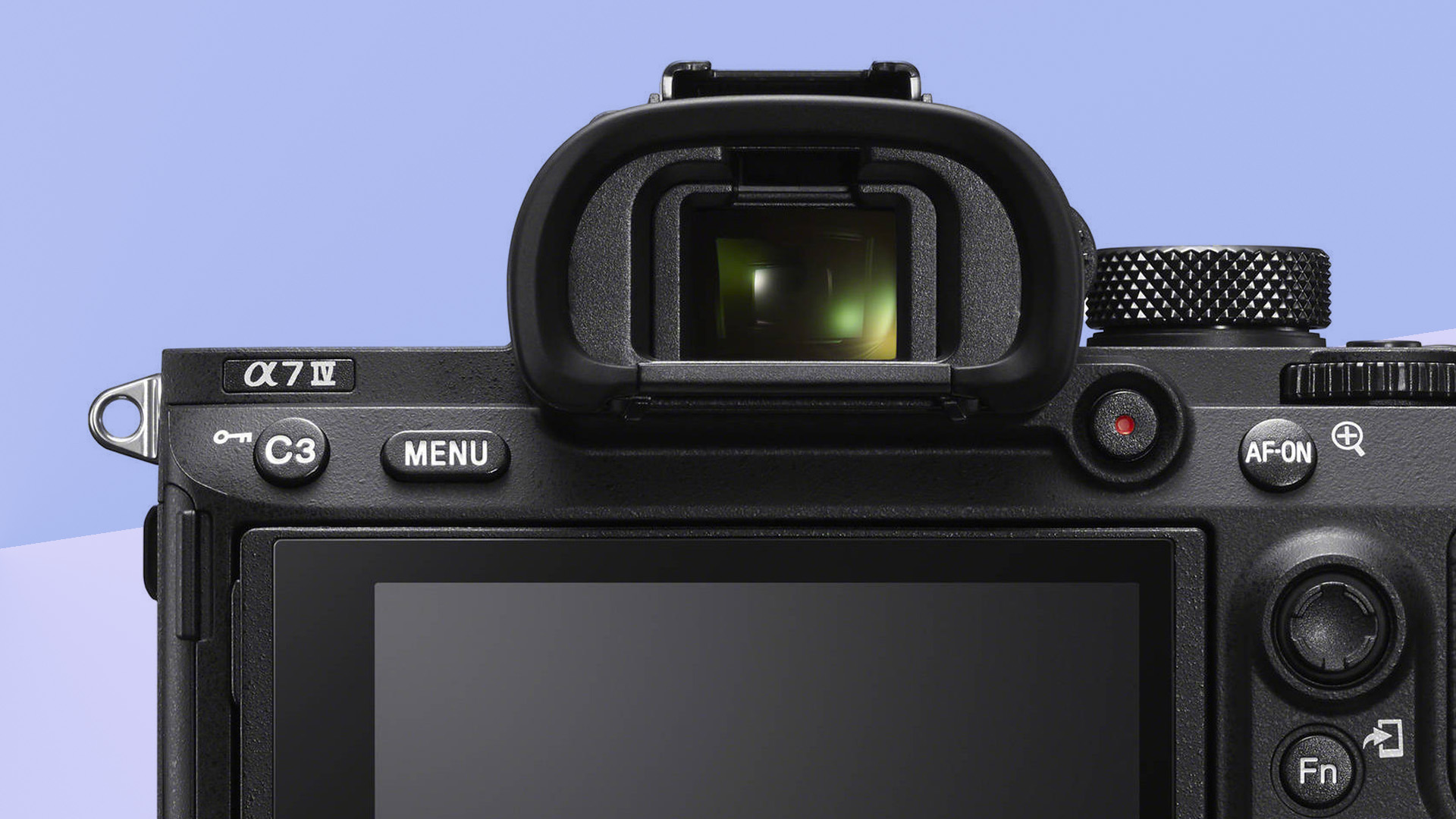
Why not higher? The Sony A7R IV has a 5.76-1000000 dot EVF, the Sony A7S III a positively luxurious 9.44-million dit combined (2048×1536 in pel damage). However, all entry-level models in the Sony A7 range need to have one eye on their moderately low-cost pricing.
Also, the Nikon Z6 II and Canon EOS R6 both have 3.69-trillion dot EVFs, which has established a standard for this floor of camera.
- These are the best mirrorless cameras in the macrocosm today
The Sony A7 III's rif screen has its charms. You can lift it come out from its 'categoric' position very quickly for shooting above or below your head. For pure stills employ, we in all probability prefer it to the to the full articulate kind.
However, in 2021, we'd envisage a Sony A7 IV would verisimilar stimulate a fully articulating blind. The 'content creator' grocery store, or folks who need sundry pic and video use, is bigger than ever. And they'd likely lack the tractability of a concealment that can represent used for television composition even when shooting solo to television camera.
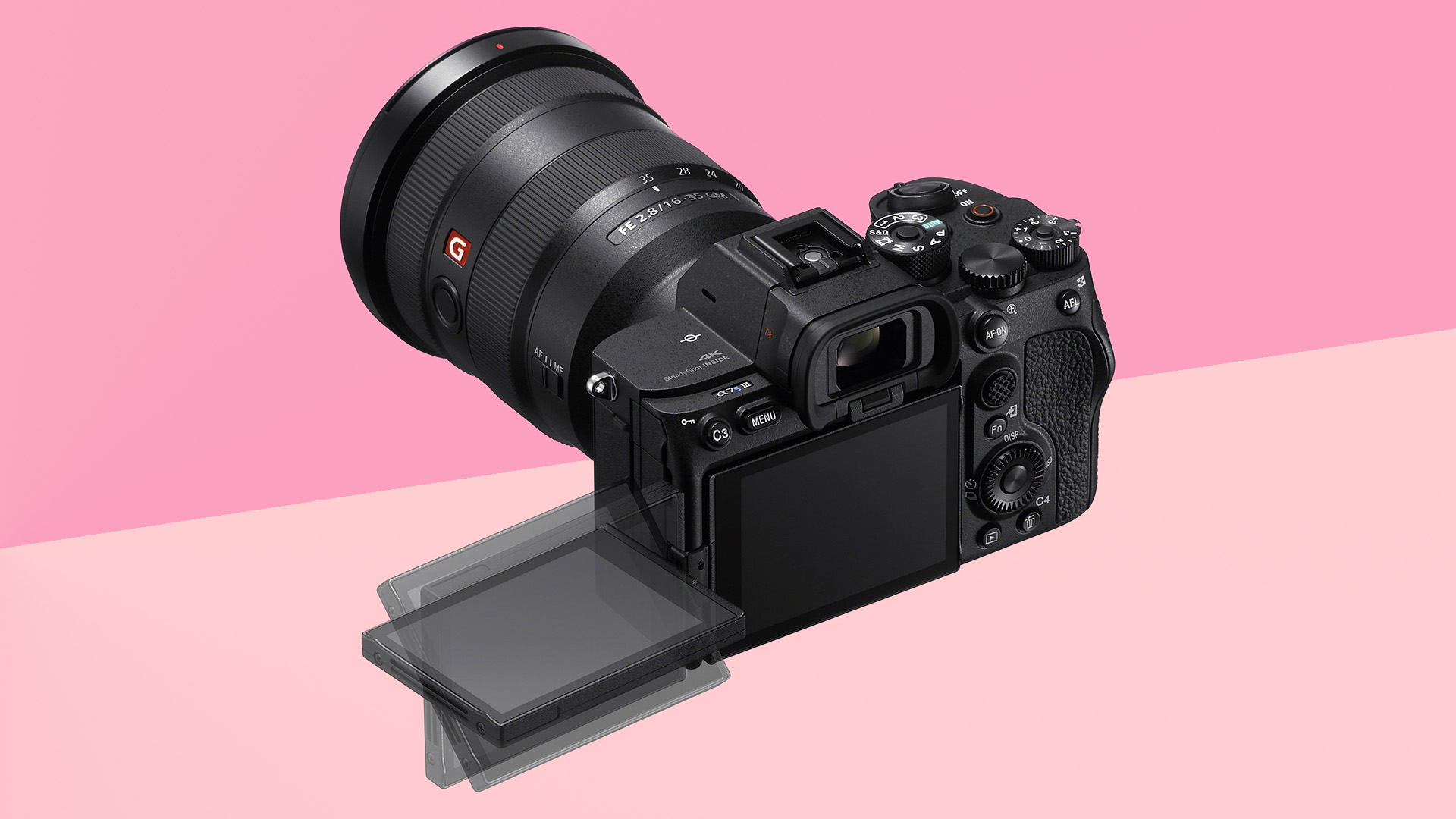
Sony did not wont much a screen in the top-end Sony Alpha A1. Only that makes sentiency, too. At that level, there's a full argument that sticking with a stills-palsy-walsy tilt screen is the better choice. The A1's $6,500 / £6,500 monetary value tag marks it out as the kind of camera that might be used with a separate monitor/recording machine like the Atomos Ninja V when misused for video recording.
While such an accessory is only a fraction of the cost of a Sony A1, it would belik seem prohibitively expensive, operating room bulky, for the Sony A7 line. Consequently, an articulating screen would likely fit better on a Sony A7 IV.
Additionally, we'd like to find a Sony A7 III heir that adopts the port improvements made in the Sony A7S III. The last mentioned has truly touch-friendly software, and a more than intuitive layout. Unless there has been more backlash to this change than we've noticed, we can't think wherefore Sony would non switch to this more touch-led UI along its next entry-level full-couc camera.
4. A bigger burst mode buffer
If a Sony A7 IV does so land soon, as Sony Alpha Rumors predicts, it seems sensible to wait built burst shooting performance. But we also shouldn't expect miracles in this area, particularly if its sensor turns out to constitute higher resolution than the Sony A7 III's 24MP knap.
The Sony A7 III is already no slouch in this area, with burst speeds of up to 10fps. Sony could real do with an improved buffer, though. This is what determines how long you can press the shutter belt down and damaged-shoot before the camera needs to sluice out its memory to the SD poster. The Sony A7 III can shoot for around 7-8 seconds when capturing 12-bit RAW images, operating room exclusively around 3-4 seconds with uncompressed 14-routine RAWs.
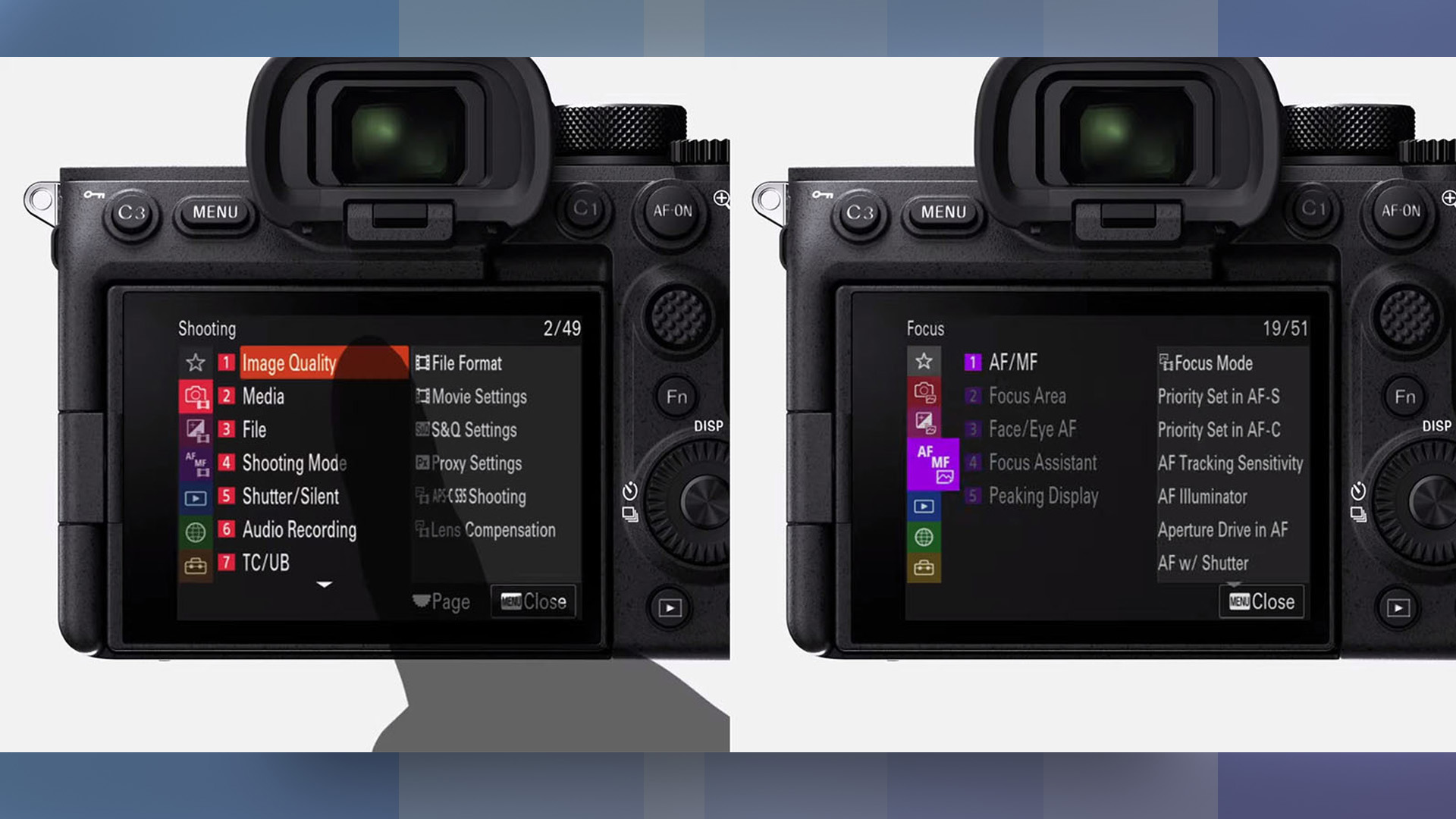
This is significantly to a lesser degree the Nikon Z6 II's 10-plus seconds for both 12-bit and 14-bit RAWs. This is helped by support for lossless compression, which reduces the amount of data up to our necks. The Sony A7 III does non have lossless uncooked concretion.
Is a extensive change presumptive in the rumored Sony A7 Intravenous feeding? Sony did not ramp-up the buffer of the Sony A7R IV, which taps out after 68 raws Oregon 30 uncompressed raws. This isn't a constructive sign for other cameras in the A7 series, although let's not that forget the 'R' camera has ridiculously high 61MP result. This means that Sony, hopefully, may take a different tack with its A7 stray. Fingers crossed.
5. A call up-mode HDR mode
Mirrorless cameras and DSLRs distillery hold plenty of advantages terminated smartphones like the iPhone 13 Pro and Samsung Galaxy S21 Extremist, but that doesn't mean value they can't discover from their pocketable rivals.
A phone-like approaching to HDR is what we'd cost most interested in seeing. All decent phone cameras create most of their images out of a asterid dicot family of shots, mitigating the small sensors they use.
They do this with the help of image signal processors that are designed for the job. Unfortunately, this isn't really the case with mirrorless cameras processors. However, a tv camera care the Sony A7 IV would need to do much less study to sire the same kind of result.
While a computational worthy might be the eventual goal, information technology could start with an intelligent 'Auto HDR' mode that performs the kind of dwarf particular excavation you might liquidate Photoshop using its Camera Raw Dribble controls. Or by simply adjusting the shadows or levels.

The Sony A7 III does have an HDR mode, but it is based around bracketing. This takes successive frames with lower and higher exposure, and generally requires a tripod permanently results. In this sentience, information technology's pretty old-school.
Umteen serious photographers might hate this idea, and would see it is as a dumbing pile of mirrorless photography. But wouldn't it be nice to exist able to swop to a free-and-easy mode sometimes, so you don't have to bring out your images into a pic editor program to work out if they are winners or not?
Sony could take the same approach with fourth dimension-lapse video. While you can shoot time-lapse photography using the A7 III's intervalometer feature, Sony should look to package up these abilities in a friendlier, Sir Thomas More easy-to-use form. Not every prospective Sony A7 Cardinal buyer would be a rig-in favor or immoderate-experienced photographer, or someone who wants to explore a load of technical terms. So wherefore should the camera treat them as so much? Phone-style modes like this could help widen the Sony A7 range's appeal even more.
6. A sub-$2,000 price tag
The Sony A7 Cardinal's price tag was one of the crucial elements behind its winner. Sure, $1,999 / £2,000 / AU$3,099 (its consistence-entirely price at set up) isn't on the dot small change, but it was imposingly low for so much a capable camera – and it did change the landscape painting of what we could wait from something at that price.
Still, if the rumored Sony A7 IV successor does arrive, there are reasons to be believe that it might struggle to pair that figure. Information technology would certainly be cheaper than the $3,499/£3,499 Sony A7R IV or similarly-priced A7S III. But could it once more continue below the magic $2,000 mark?
That would see it match the Nikon Z6 II ($2,000 / £1,999 / AU$3,399), and remain much more affordable than the Canon Eos R6 ($2,499 / £2,499 / AU$4,499). But given inflation and a believable leap in features, a price tag someplace betwixt those two latter rivals is perhaps more realistic.
- These are the best full-frame cameras you can bargain moral straightaway
6 things we'd like to see from the rumored Sony A7 IV
Source: https://www.techradar.com/news/6-things-wed-like-to-see-from-the-rumored-sony-a7-iv

Posting Komentar untuk "6 things we'd like to see from the rumored Sony A7 IV"